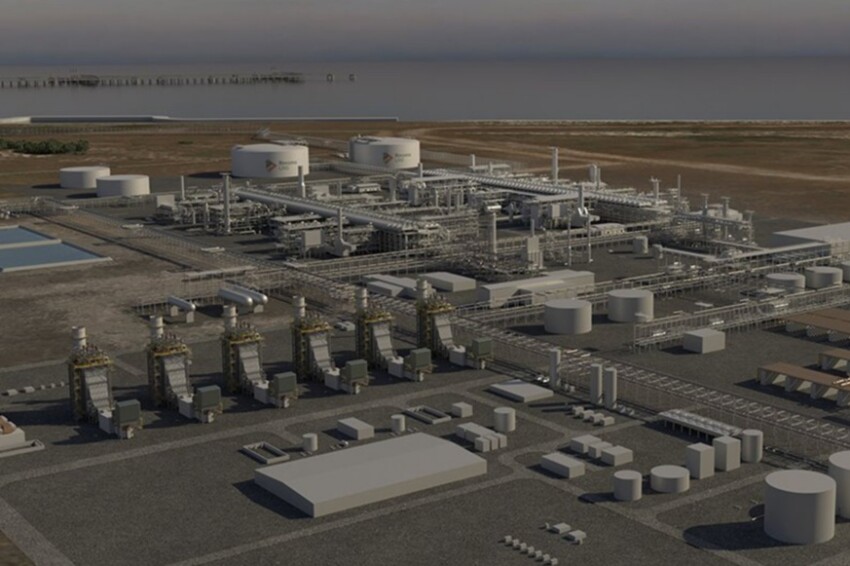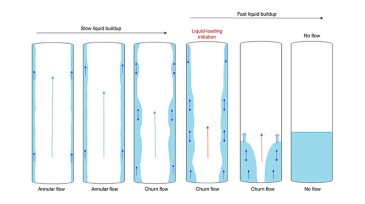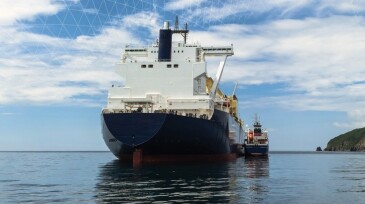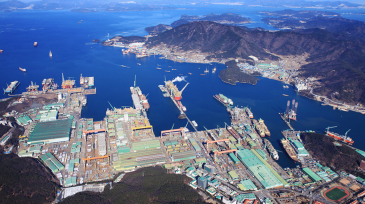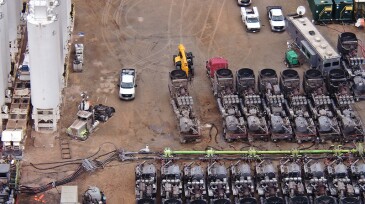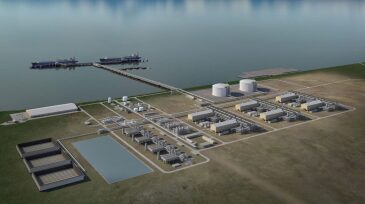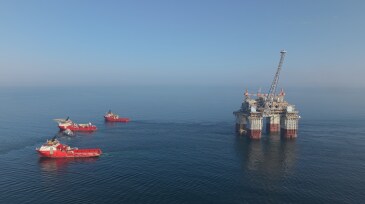LNG
By resuming work on the Rovuma LNG project, ExxonMobil tees up a final investment decision expected in 2026 as East Africa’s LNG hub begins to take shape with three separate projects now in construction.
DTEK has delivered its first US-sourced LNG shipment through Lithuania to supply Ukraine and neighboring countries this winter.
In lifting force majeure, TotalEnergies says it will restart construction on its Mozambique LNG project as soon as the government agrees to a revised budget and schedule that targets shipping first product in 2029.
-
This work introduces a fast, methodical approach to detect liquid loading using easily available field data while avoiding traditional assumptions and to determine critical gas rates directly from field data.
-
This paper aims to describe the role of liquefied natural gas as a transitional energy source for automobile transportation in Nigeria.
-
The LNG specialist also greenlit a debottlenecking project to free up additional volumes at the Corpus Christi site.
-
Technical safety standards are essential as global offshore exploration heats up.
-
While militant attacks halted construction at Mozambique’s onshore megaprojects, Eni began LNG exports using a floating production strategy, which now serves as the foundation for its ongoing development.
-
Japan’s largest power generator is focused on sourcing Haynesville natural gas production for Gulf Coast export as LNG.
-
Project expects a total of 19 additional modules to arrive on site during 2025.
-
Glenfarne has launched a strategic process to partner with global firms that can support execution and offer complementary expertise for the Alaska LNG project.
-
Aramco’s latest MOUs focus on driving innovation and growth across oil, gas, and downstream sectors.
-
Floatover topsides installation is the latest milestone in Woodside's $12.5 billion gas project.

